The world of chamber music has long been fascinated by the unspoken connections between musicians. When players gather without a conductor, something extraordinary happens – they begin to breathe together. This phenomenon of synchronized breathing in conductorless ensembles isn't just poetic imagery; it's a measurable physiological reality that reveals the deep nonverbal communication at the heart of musical collaboration.
Recent studies in music psychology have uncovered startling evidence about how chamber musicians subconsciously align their respiratory patterns during performance. When violinists in a string quartet play a particularly tight harmonic passage, their inhalations and exhalations begin to mirror each other with precision. Wind players demonstrate even more pronounced synchronization, their breathing patterns becoming nearly identical during complex contrapuntal sections.
The science behind this respiratory synchronization points to our fundamental biology. Humans have specialized neurons that fire both when we perform an action and when we observe someone else performing that same action. In the context of music-making, these mirror neurons create a feedback loop where seeing a colleague take a breath prepares our own respiratory system to follow suit. This neural mirroring explains why experienced chamber musicians often report feeling "of one breath" with their ensemble partners.
What makes this synchronization particularly remarkable is that it occurs without conscious effort. Players don't decide to breathe together – it happens spontaneously through shared musical intention. The act of jointly shaping a phrase, anticipating a crescendo, or preparing for an attack creates an embodied connection that manifests in their breathing patterns. This physical attunement allows for micro-adjustments in timing and dynamics that would be impossible to verbally coordinate in real-time performance.
Historical accounts reveal that breathing synchronization has always been part of chamber music practice, even before modern science could explain it. Letters between Brahms and his chamber partners describe moments when "our lungs became one instrument." Nineteenth-century treatises on ensemble playing frequently mention the importance of "shared breath" for achieving perfect ensemble. What was once considered poetic hyperbole we now understand as biological reality.
The implications for musical training are profound. Many conservatories are now incorporating breathing awareness exercises into their chamber music curriculum. Students learn to notice their own breath patterns while simultaneously attuning to their colleagues'. This dual awareness – of self and ensemble – creates a new kind of musical listening that goes beyond the auditory to include physical sensation and visual cues.
Technology has allowed researchers to study this phenomenon with unprecedented precision. Motion capture systems can track the subtle expansion of a musician's torso, while sensitive microphones pick up inhalation sounds. When synchronized with musical recordings, these data streams reveal how breathing alignment correlates with moments of particular ensemble tightness or expressive intensity. The findings consistently show that the most cohesive performances feature the closest respiratory synchronization.
This research challenges traditional notions of musical leadership in small ensembles. Rather than one player dictating the breath, there emerges a democratic respiration where each member both leads and follows. The first violinist might initiate an inhalation that ripples through the quartet, but moments later the cellist's exhale guides the release of a phrase. This fluid exchange of respiratory leadership creates the dynamic flexibility that distinguishes great chamber music from merely competent performances.
Beyond the concert hall, these discoveries about breathing synchronization offer insights into human connection more broadly. The same mechanisms that allow musicians to breathe together underlie our ability to empathize, to anticipate others' actions, and to coordinate group activities. When we speak of being "in sync" with someone, we may be describing a literal physiological alignment that begins with the breath.
As neuroscience continues to unravel the mysteries of musical connection, chamber musicians find themselves at the forefront of understanding human collaboration. Their ability to breathe as one – without conscious effort or centralized direction – stands as a powerful example of what's possible when individuals attune themselves to a shared purpose. In an age of digital isolation, this ancient practice of embodied musical connection takes on new significance, reminding us of the profound ways we can harmonize not just our notes, but our very being.

By /Jul 25, 2025

By /Jul 25, 2025
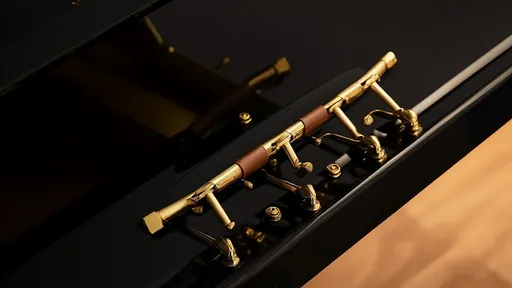
By /Jul 25, 2025
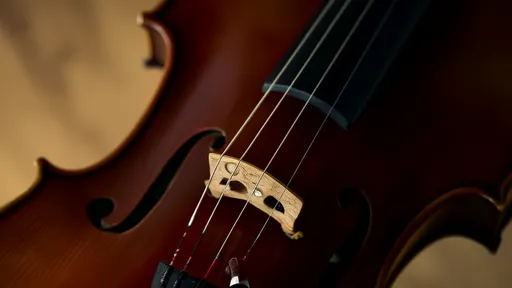
By /Jul 25, 2025

By /Jul 25, 2025

By /Jul 25, 2025

By /Jul 25, 2025
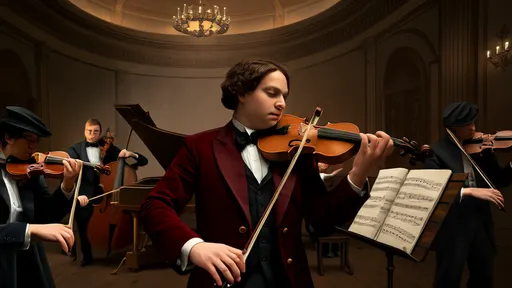
By /Jul 25, 2025

By /Jul 25, 2025
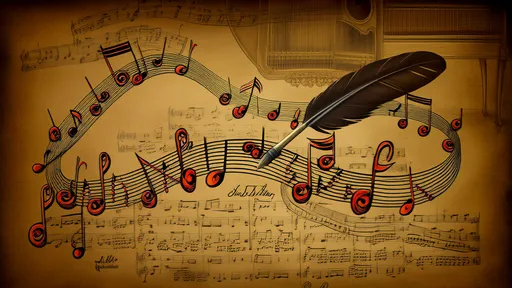
By /Jul 25, 2025
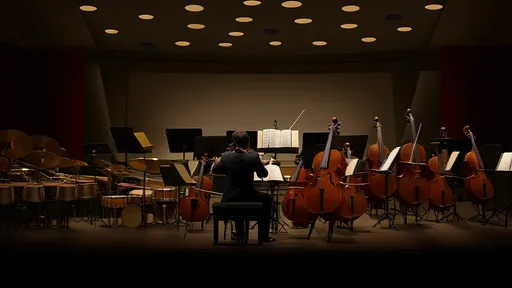
By /Jul 25, 2025
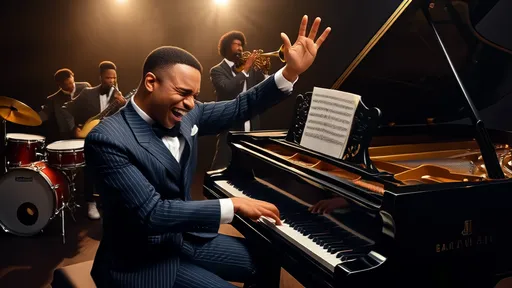
By /Jul 25, 2025

By /Jul 25, 2025
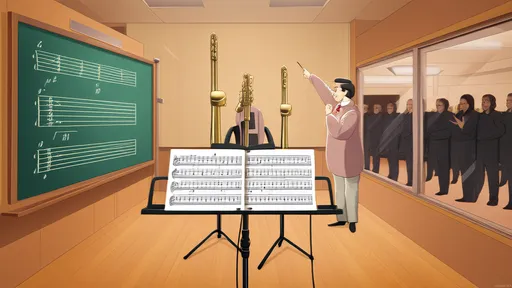
By /Jul 25, 2025

By /Jul 25, 2025

By /Jul 25, 2025
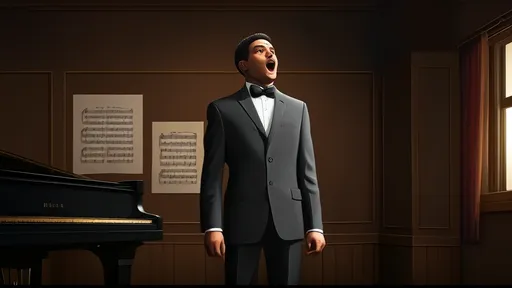
By /Jul 25, 2025
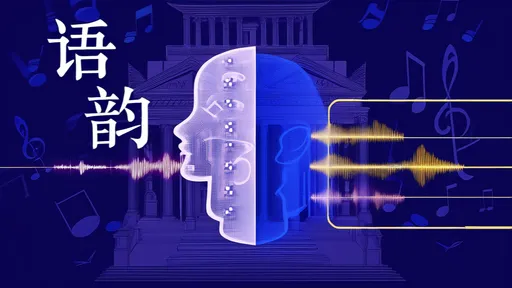
By /Jul 25, 2025

By /Jul 25, 2025
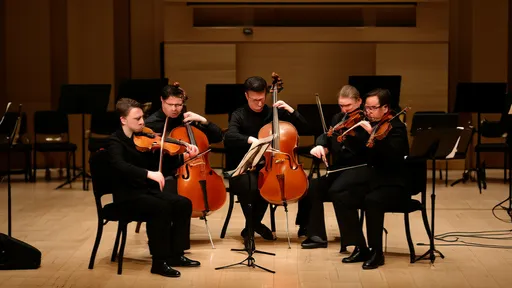
By /Jul 25, 2025